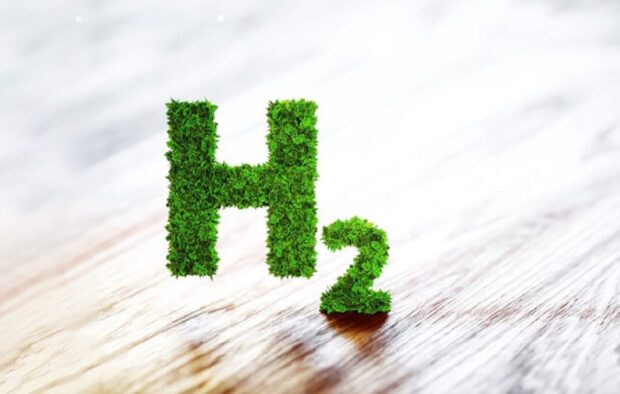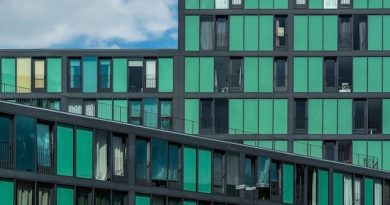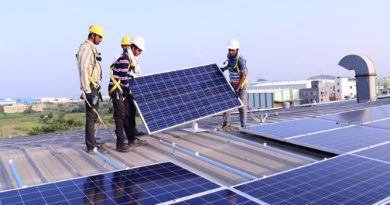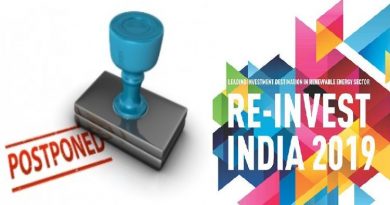Six Mega Green Hydrogen Projects To Come Up In Australia With $2bn Funding
 Six Mega Green Hydrogen Projects To Come Up In Australia With $2bn Funding
Six Mega Green Hydrogen Projects To Come Up In Australia With $2bn Funding
Australia – the land of immense potential for renewable energy coming mainly from solar and wind sources – is bullish on the ‘Green Hydrogen’ tread. Hence, the Australian Government has unveiled the six finalists for its AUD $2 billion ($1.36 billion) Hydrogen Headstart Program. The selected projects that boast a collective electrolyser capacity of more than 3.5 GW rank among the world’s most substantial renewable hydrogen initiatives till date.
Having received invitations to advance to the next phase of negotiations, these projects may be eligible for a 10-year production credit for renewable hydrogen or its derivatives if they successfully secure the necessary approvals. The primary objective of this credit is to bridge the financial gap between hydrogen production costs and the market sales price, offering assurance to investors, project developers, and end-users.
H2Kwinana initiative of bp Low Carbon Australia aims to install 100 MW of electrolyser capacity initially, with the potential for expansion to 1.5 GW in later phases.
HIF Tasmania eFuel Facility of HIF Asia Pacific is expected to produce up to 100 million liters of e-gasoline by 2028, utilizing electrolytic hydrogen and recycled carbon dioxide.
Similarly, KEPCO Australia’s Port of Newcastle Green Hydrogen Project has plans to scale up to 1 GW of electrolyser capacity and the project will begin with 40 MW to produce hydrogen for various applications. These applications would include mobility, bunkering and energy production.
Murchison Hydrogen Renewables Project will be utilizing 5 GW of onshore wind and solar energy to generate about 2 million tonnes of green ammonia.
Stanwell Corporation’s Central Queensland Hydrogen Project (CQ-H2) will be initially targeting 640 MW of electrolyser capacity. It may be expanded to 2.24 GW for ammonia and liquid hydrogen exports.
The Hunter Valley Hydrogen Hub of Origin Energy Future Fuel is located on Kooragang Island and the project will decarbonize ammonia production by substituting natural gas feedstock with hydrogen.




